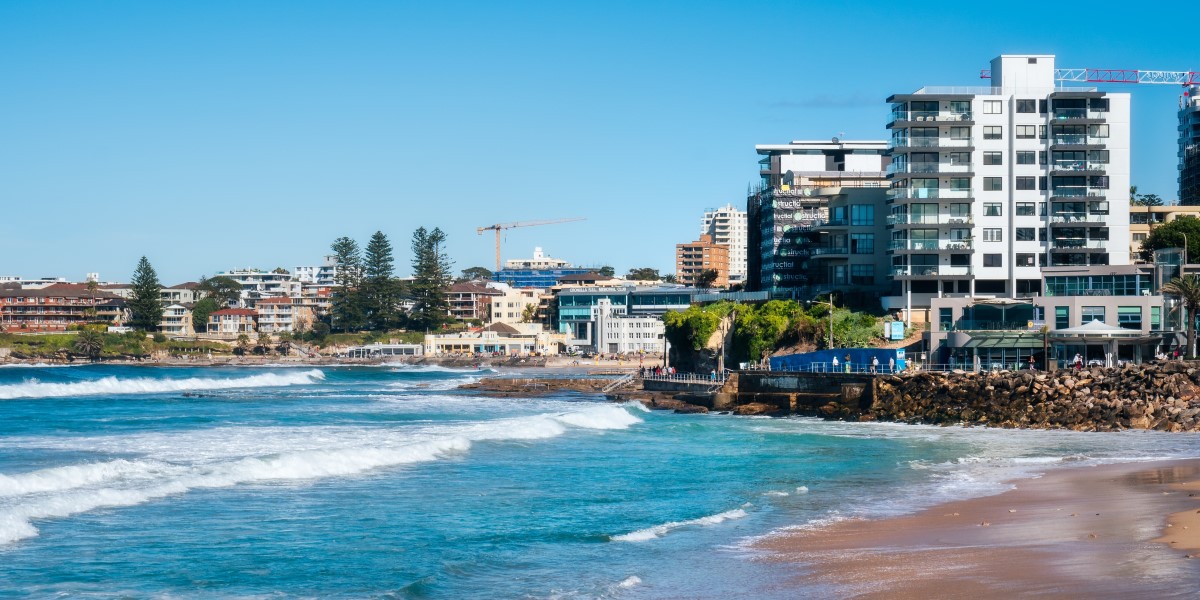Coastal erosion has physical and financial consequences, with the potential implications for people and property an immense risk. Until now, it has been difficult to identify exactly what form of advice or warning a lawyer could give to their client or what action they should take. There has been limited (or no) data or analysis available which would enable anything other than a vague and generalised warning to be provided.
InfoTrack has released a new reporting tool that can provide meaningful data and analysis of climate change impacts on a residential property now and in 30 years. The Groundsure ClimateIndex™ report, currently only available for New South Wales, aims to provide lawyers and conveyancers with a set of projections to pass onto their client offering a meaningful assessment of the level of flooding, bushfire and…coastal erosion risks.





